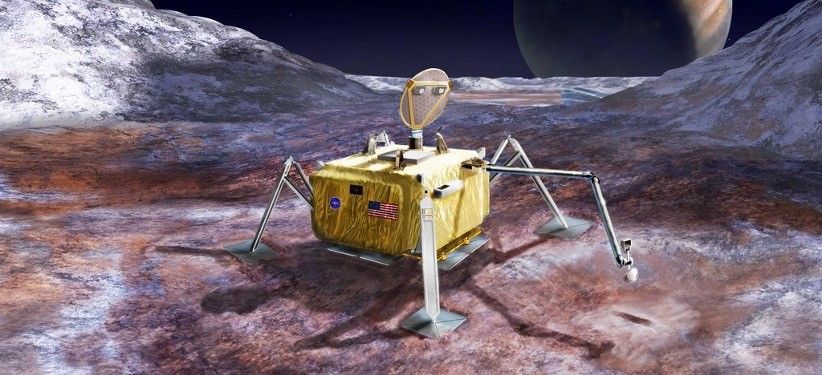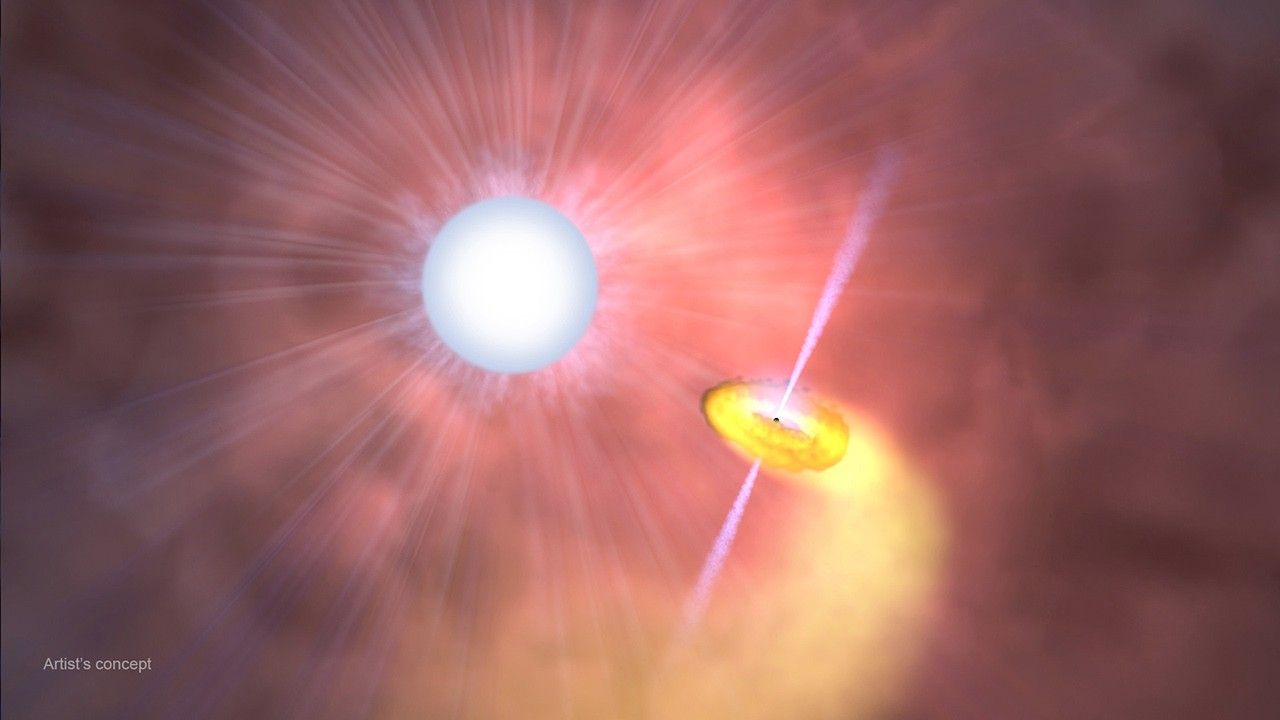A NASA Terrier-Improved Malemute sounding rocket carrying projects developed by undergraduate students from eight community college and university teams launched at 5 p.m., Thursday, August 19, from NASA’s Wallops Flight Facility in Virginia.
The projects are a mix of technology and science experiments, including the development of a 360-degree camera for use on sounding rockets; space debris removal concepts; a solar array deployment system for CubeSats; and collection of particles in space for research on the origins of life.
After flying to an altitude of 98 miles, the payload carrying the projects descended by parachute and landed in the Atlantic Ocean. After recovery, the projects will be returned to the students for data analysis.
The projects flew on the rocket through the RockSat-X program in conjunction with the Colorado Space Grant Consortium.
Participating institutions in the 2021 RockSat-X flight are the Arapahoe Community College in Littleton, Colorado; Red Rocks Community College in Lakewood, Colorado; College of the Canyons in Santa Clarita, California; the University of Puerto Rico, San Juan; Virginia Tech, Blacksburg; University of Colorado, Boulder; Northwest Nazarene University in Nampa, Idaho; Kauai Community College in Līhuʻe, Hawaii; and Colorado School of Mines, Golden.
Additional participants from West Virginia include West Virginia University, Morgantown; Blue Ridge Community and Technical College, Martinsburg; West Virginia State University, Institute; and West Virginia Wesleyan College, Buckhannon.
Proposals for the next RockSat-X flight in August 2022 are now being accepted by the Colorado Space Grant Consortium. The due date for proposals is September 8, 2021.
The next launch from Wallops is a suborbital sounding rocket mission targeted for mid-September.
Keith Koehler,
NASA’s Wallops Flight Facility




























